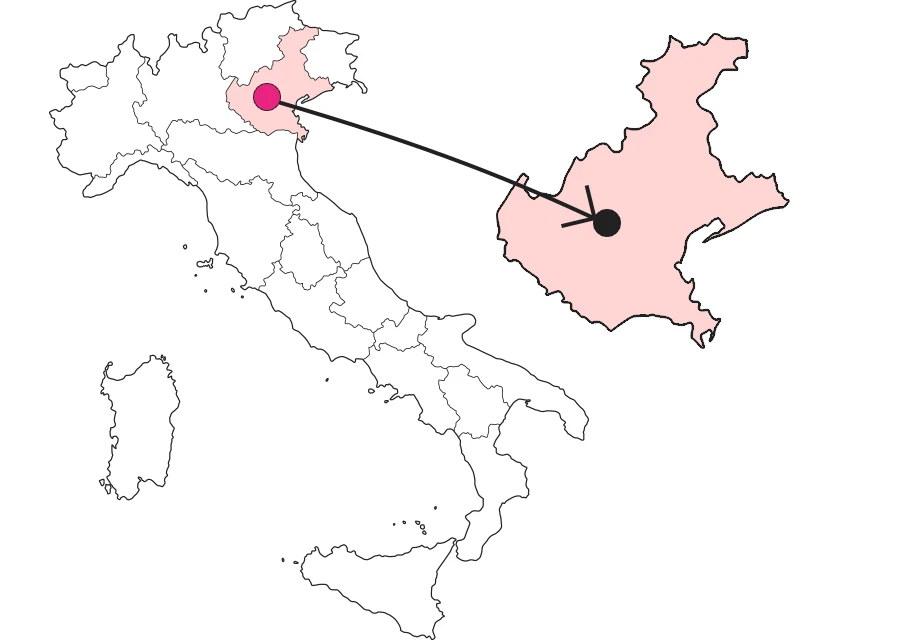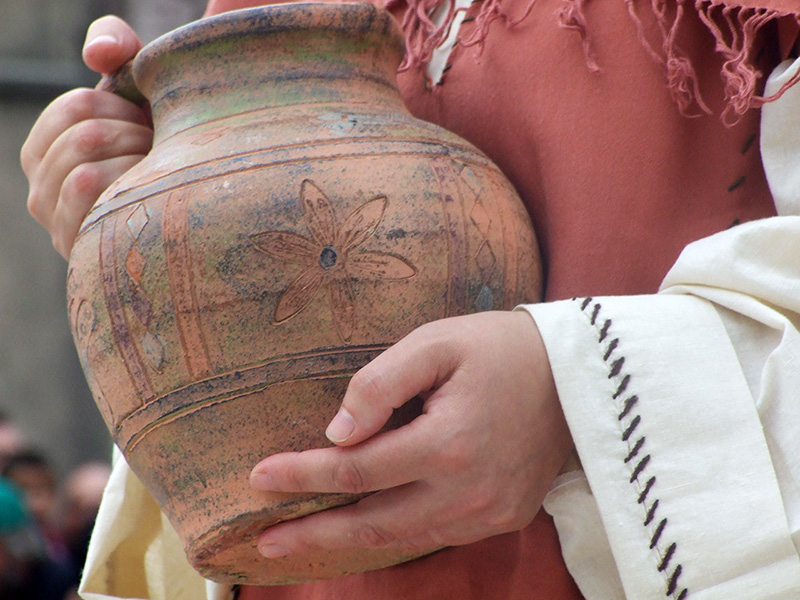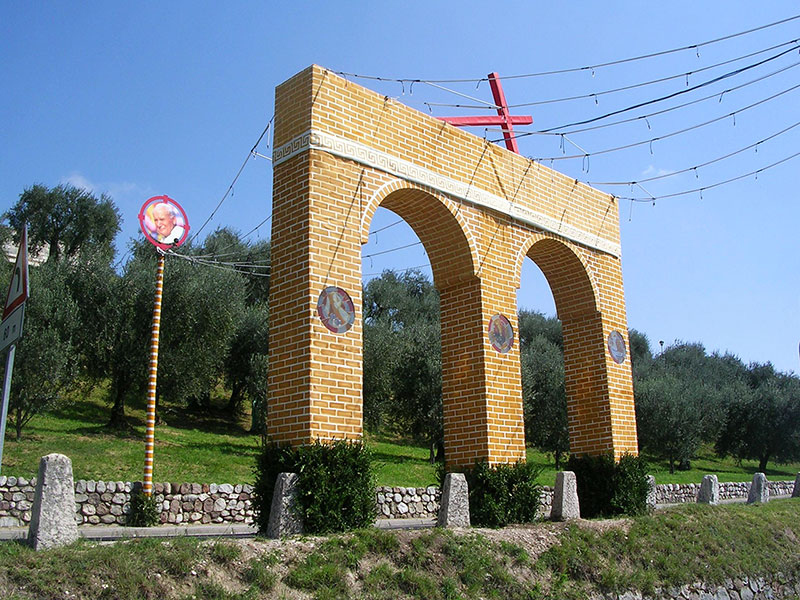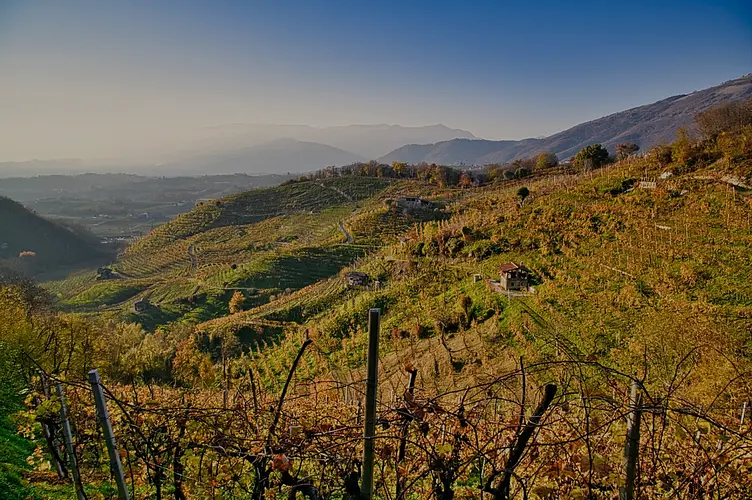

















Five-year festivals in honor of the Divine Crucifix
An entire country in celebration

Where

The town of Pove del Gra ppa lies on the slopes of Mount Grappa and is the custodian of an ancient tradition that has been repeated every five years for a few centuries now. In the month of September, the streets of the center are festively dressed with bows and illuminations, the women of the community repair or create clothes of ancient fashions, while the men have long since stopped shaving, gradually coming to sport beards and hair of yesteryear. This is the hard work of the Povese as they prepare for the big event, the five-year festivities that will see religious and worldly events follow one another for days in honor of the divine Crucifix.
Waiting for the feast
Preparations last for months because this is a celebration with pomp and circumstance: the decorations that can be seen in the streets are true votive works of art, the characters that women will go to dress are many, not to mention the children, who become angels, pageboys and shepherds for the occasion. This is a truly impressive but lovingly made effort to prepare to worthily welcome the Divine Crucifix that only every 5 years leaves the parish church for the procession among the faithful.
 Details of a robe and accessories
Details of a robe and accessoriesThe processions
When the moment finally arrives, the whole village comes alive in a magical atmosphere, halfway between tradition and spirituality. The clothes, decorations and uncombed hair of the Povesi, in fact, are props that allow them to bring Old and New Testament events to life by parading through the streets in procession. This is not a historical reenactment, but a tradition of spirituality, a ritual that is an integral part of the soul of the village capable of arousing emotion even in those who see it for the first time.
The most heartfelt moments of the festival are the two processions with more than 600 characters and the depiction of Jesus' death and resurrection. Towering triumphant over the scene is the village crucifix made of olive wood, carved, according to tradition, by a 15th-century Bohemian pilgrim as thanks for the hospitality he received. It is not a grandiose work; it was not made to garner fame or create a stir; rather, it is a simple and intimate work, much like the village's faith and devotion.
 Ornamental arches
Ornamental archesHow it all originated
Tradition has it that in the 15th century a Bohemian pilgrim on his way to Rome, in gratitude for the hospitality of the curate of Pove, carved the much revered crucifix on olive wood. Thanks to an entry in the 1797 Journal of the Municipality of Pove, we know that already at that time the crucifix was carried in procession, but it was not yet the sacred representation we know today. This aspect of the event developed over time, so much so that we do not know for sure of its five-yearly nature until 1815.
Enter the Map of Italy's Undiscovered Wonders and find treasures where you least expect it... Inspire, Recommend, Share...
Contacts
It is part of the Land
The Map thanks:
In the Community
Enter the Map of Italy's Undiscovered Wonders and find treasures where you least expect it... Inspire, Recommend, Share...
Where

Contacts
It is part of the Land


